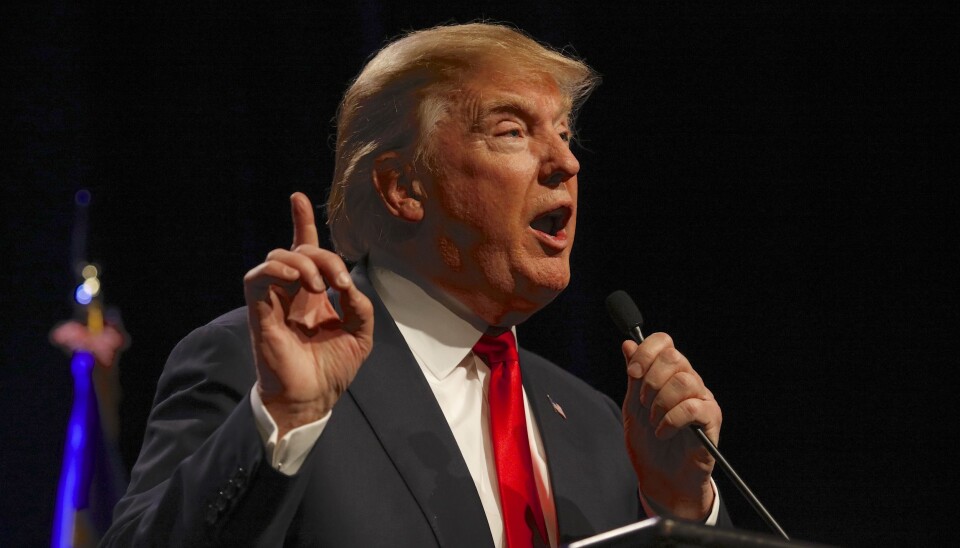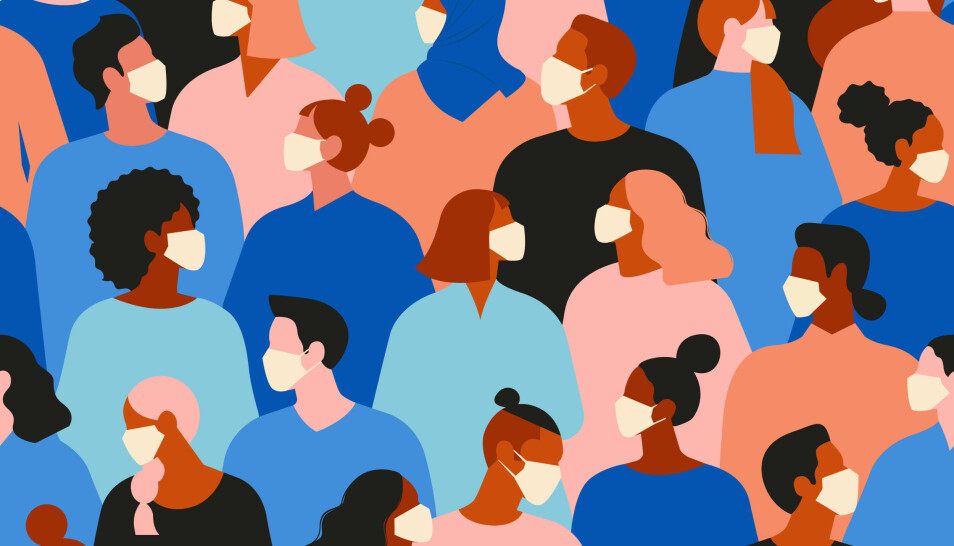Researchers' Zone:

Why the words we use to describe the coronavirus matter
Is the coronavirus just a 'little cold'? Or are we 'at war' with an 'invisible enemy'? Our choice of metaphors has consequences in pandemic times.
We are in the midst of an unfolding crisis that humanity is struggling to understand. To make sense of the unknown, humans tend to rely on metaphors, analogies, or other rhetorical figures.
Metaphors, for example, allow for giving meaning to a (rather unknown) target domain by projecting and transferring insights from a (presumably better known) source domain. In other words, with a metaphor we can describe something we do not quite understand with something more tangible.
Similarly, in the current coronavirus pandemic, the choice of metaphors that are used matters as to how we react to the current crisis.
The flu and the war
In the public discourse about the current coronavirus pandemic, the sensemaking process includes analogies within the same domain.
We see this, for example, when US president Donald Trump stated at the beginning of the pandemic: »It’s just like a regular flu«. Or, when Brazilian president Jair Bolsonaro compared the virus with a »little cold«.
We also see metaphors that tap into the other domains. One example is the ‘tsunami’ metaphor used by various medical professionals that originates from the source domain of natural disasters.
Trump’s framing of coronavirus as an »invisible enemy« or French president Emmanuel Macron’s insistence that »we’re at war« links to the source domain of human warfare.
World leaders, journalists, social media influencers, epidemiologists and other contributors to the public debate can be presumed to mobilize such metaphors not only to foster sense-making but ultimately also to steer citizens’ behavior.
As cognitive linguists Paul Thibodeau and Lera Boroditsky explain, metaphors tend to »have profound influences on how we conceptualize and act with respect to important societal issues«.
Accordingly, it is worthwhile studying how and to what extent the use of different metaphors can inspire, influence and ‘organize’ individual and collective behavior.
The trade-off of metaphors
As the work by communication and management scholar Joep Cornelissen reminds us, the fruitfulness of a metaphor depends on (1) its aptness (whether a metaphor ‘fits’ and is meaningful) as well as (2) its heuristic value (the extent to which a metaphor offers new insights into an unfamiliar domain).
However, aptness and heuristic value tend to be in a trade-off relation: While close proximity between source and target domain can help strengthen the aptness of a metaphor, it tends to diminish the metaphor’s heuristic value at the same time.
The latter problem also occurs when the metaphorical connection between two domains becomes so well-established (like the link between epidemics and warfare) that the metaphor loses its ability to lend new meaning to the target domain.
A word’s metaphorical quality then 'dies' so-to-speak (like the term World Wide Web, where hardly anybody today would think of spider webs).
Keeping metaphors fresh
In contrast, metaphors can be kept vivid and alive via the power of dissimilarity: the greater the contextual distance between two domains (while ensuring aptness), the better the chance of a metaphor to be insightful.
This can be one of the reasons why novel and unusual combinations of metaphors, such as the notion of ’The Hammer and the Dance‘ by science blogger Tomas Pueyo, seems to have comparably better prospects to lend new meaning to the pandemic and thus inspire new and desirable modes of behavior.
The crisis of our imagination
However, the vast variety of metaphors (and their respective source domains) that are currently mobilized in public debates can serve as an indication that humanity is still in its early stage of comprehending the very challenges posed by the virus.
In this regard, the current crisis situation is also a crisis of collective imagination and sense-making.
Hence, in these turbulent and worrisome times it is more important than ever that contributors to the public debate think twice before mobilizing metaphorical imaginations – and to consider not only their aptness, heuristic value, or ’retweetability’ but also their potential (and sometimes unintended) consequences for individual, collective, and organizational behavior.
Ultimately, it is not only the ‘brute fact’ (as linguist John Searle would put it) of the pandemic that can severely harm us – but also the meanings that are ascribed to it (via metaphors or other modes of language) and that can materialize in very concrete actions.
One is likely to act less careful if the coronavirus is imagined to be ‘just like a flu’ – and more careful if the virus is imagined to have ‘chameleon-like’ features that make it hard to detect (e.g., recent evidence showing that the virus can also surface in damages to the kidneys, heart, and brain) or if one imagines exposing oneself to the virus is like playing ‘Russian roulette’ (as various contributors to the public debate aptly put it).
Language forms realities – and our actions
As recent research on ‘Narrative Economics’ by Nobel Prize winner Robert Shiller demonstrates, the way we talk about reality can play a key role in the co-creation of major events and societal developments (e.g., the financial crisis in 2008).
Similarly, the current coronavirus pandemic serves as painful evidence for the importance of theories that highlight the constitutive role of communication for phenomena of organization and organizing.
In other words, communication in the form of metaphors, narratives, or via other rhetorical means, especially if voiced by opinion leaders, tends to be not just ‘cheap talk’ but can be highly consequential.
This article is an edited version of a blog post on the Business of Society weblog. Read a Danish version of this article at Videnskab.dk's Forskerzonen.
Sources
Dennis Schoeneborn's profile (CBS)
———








